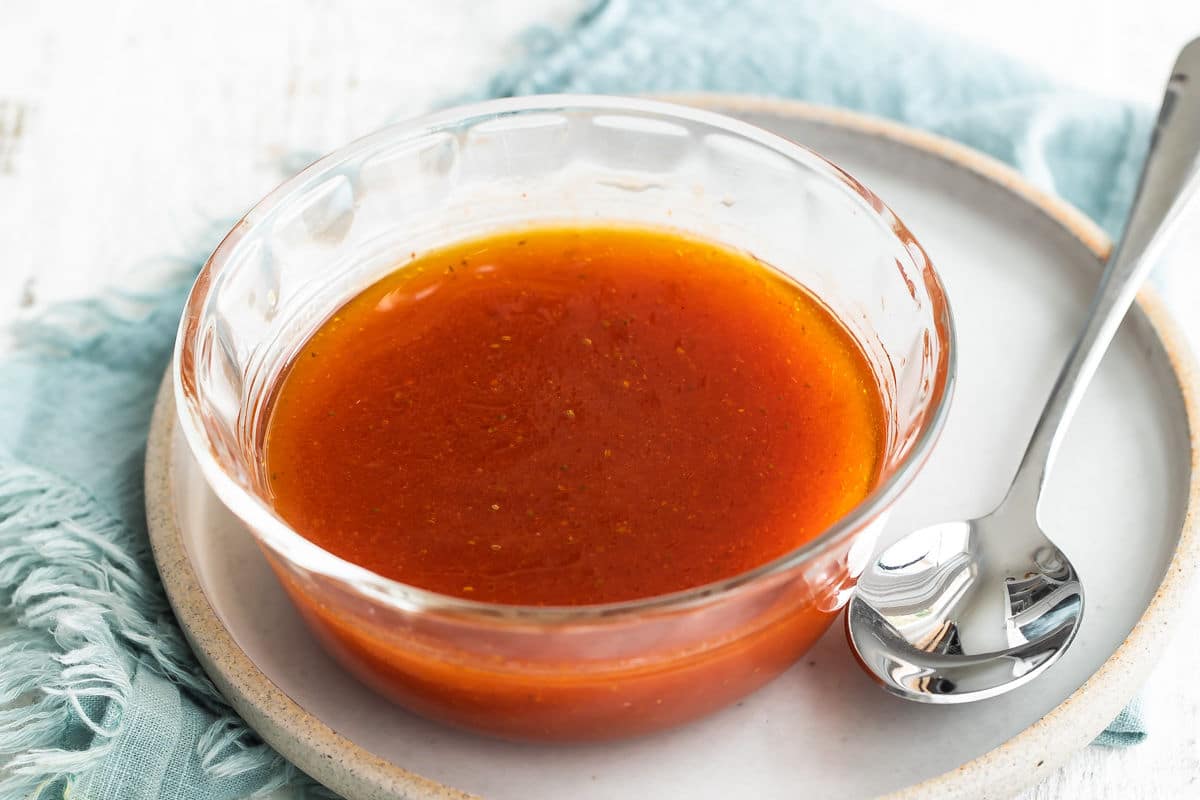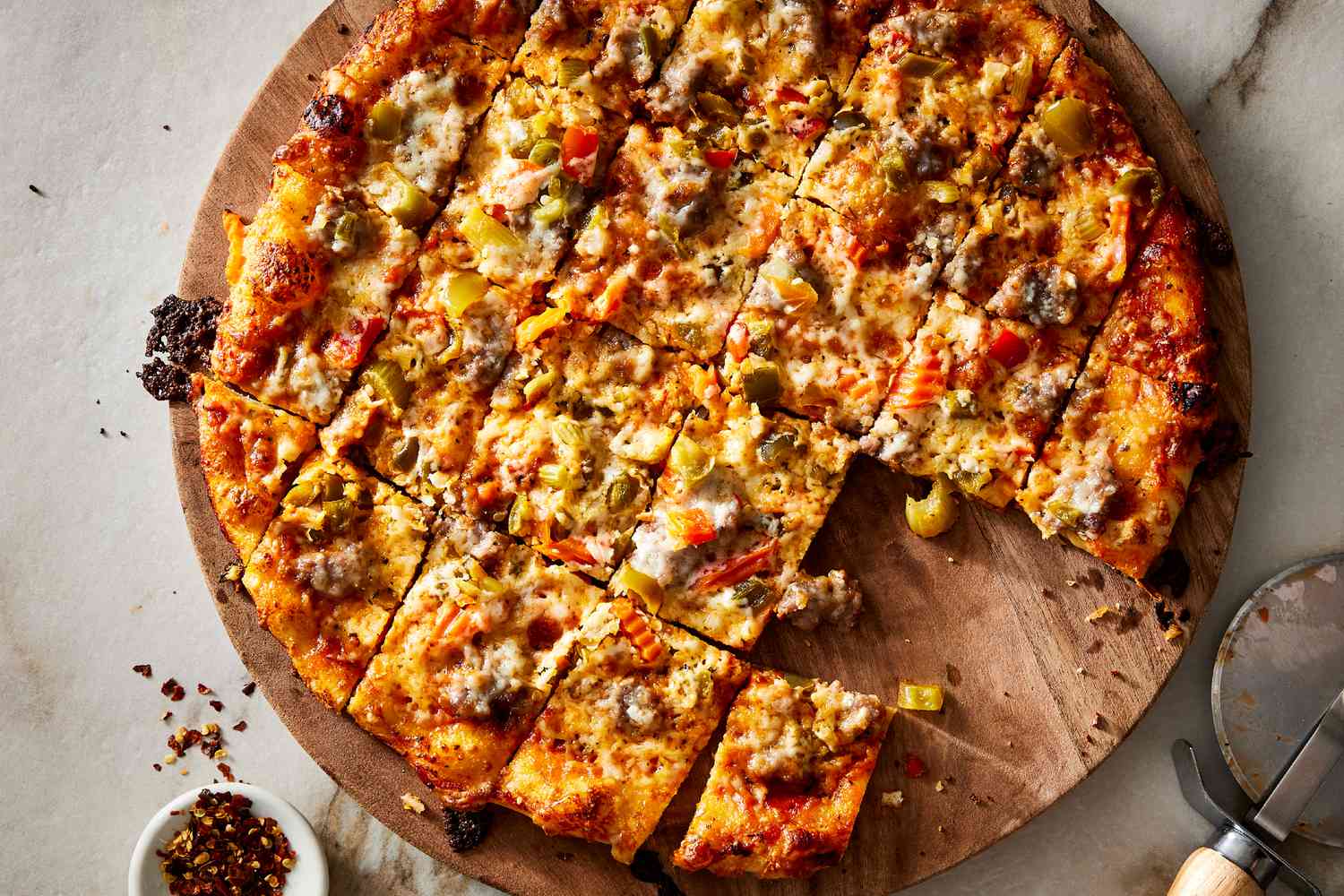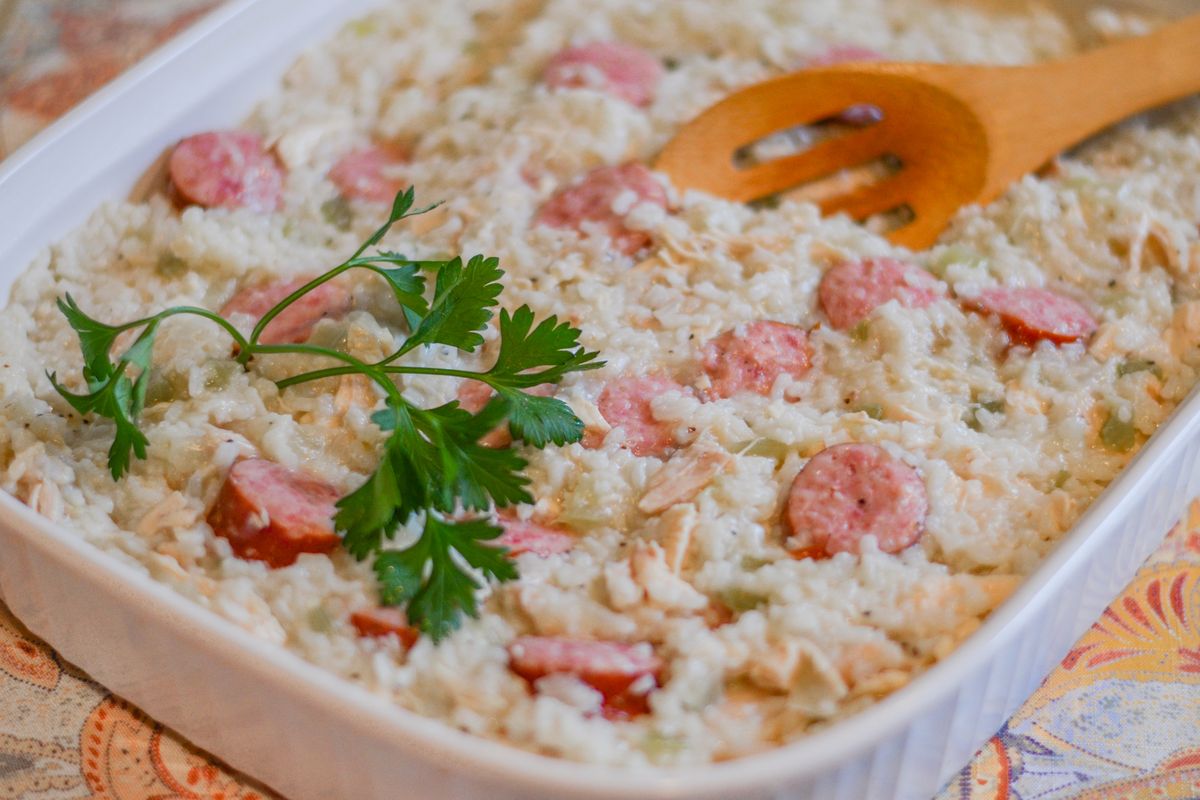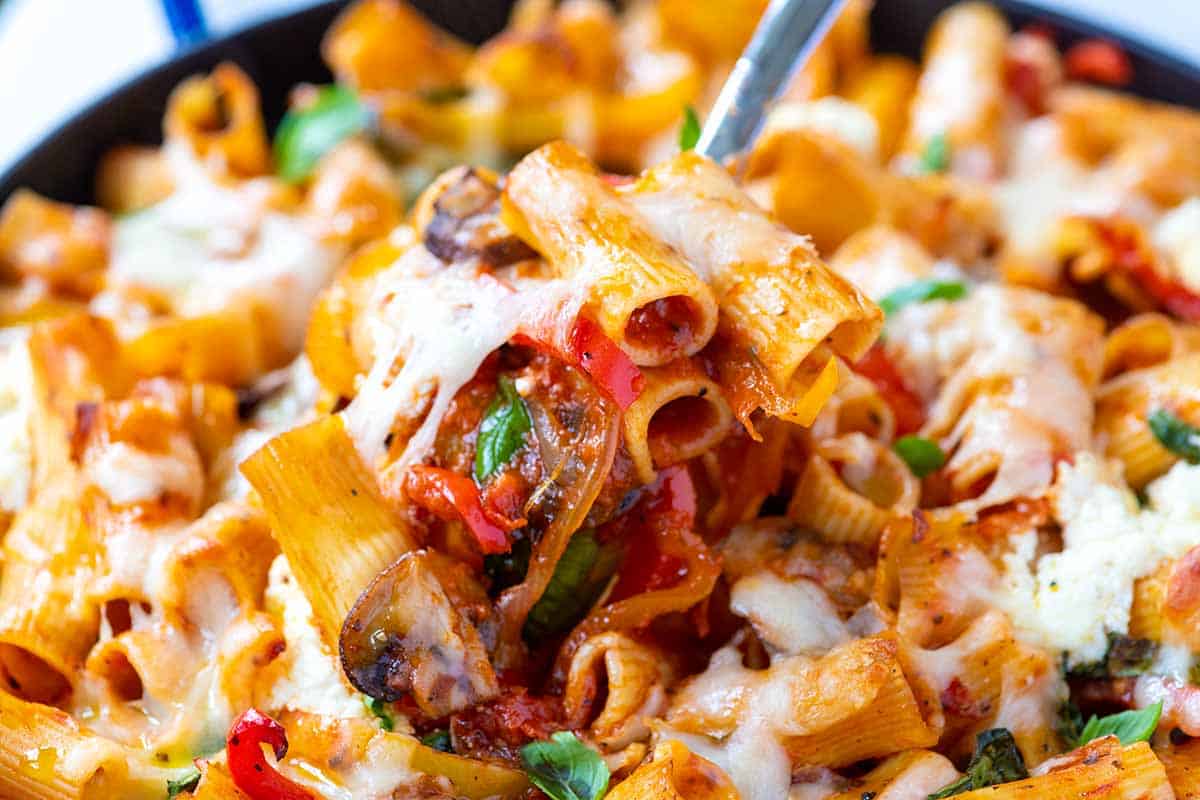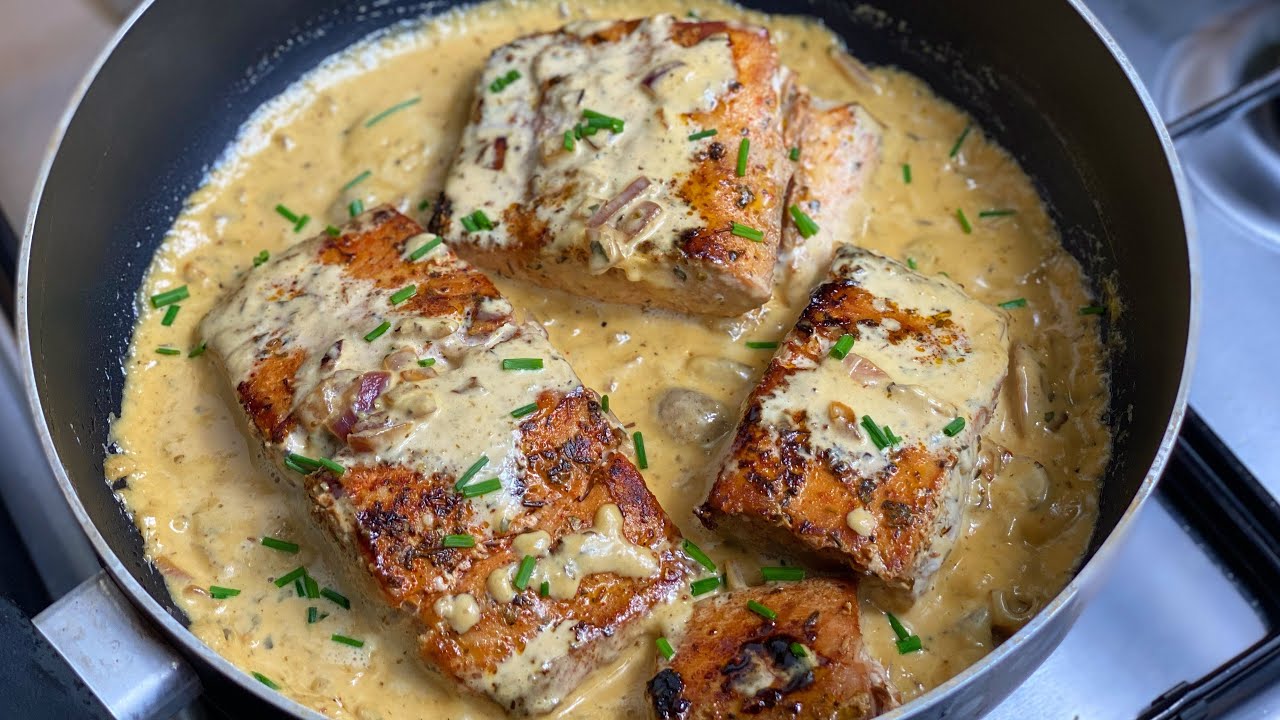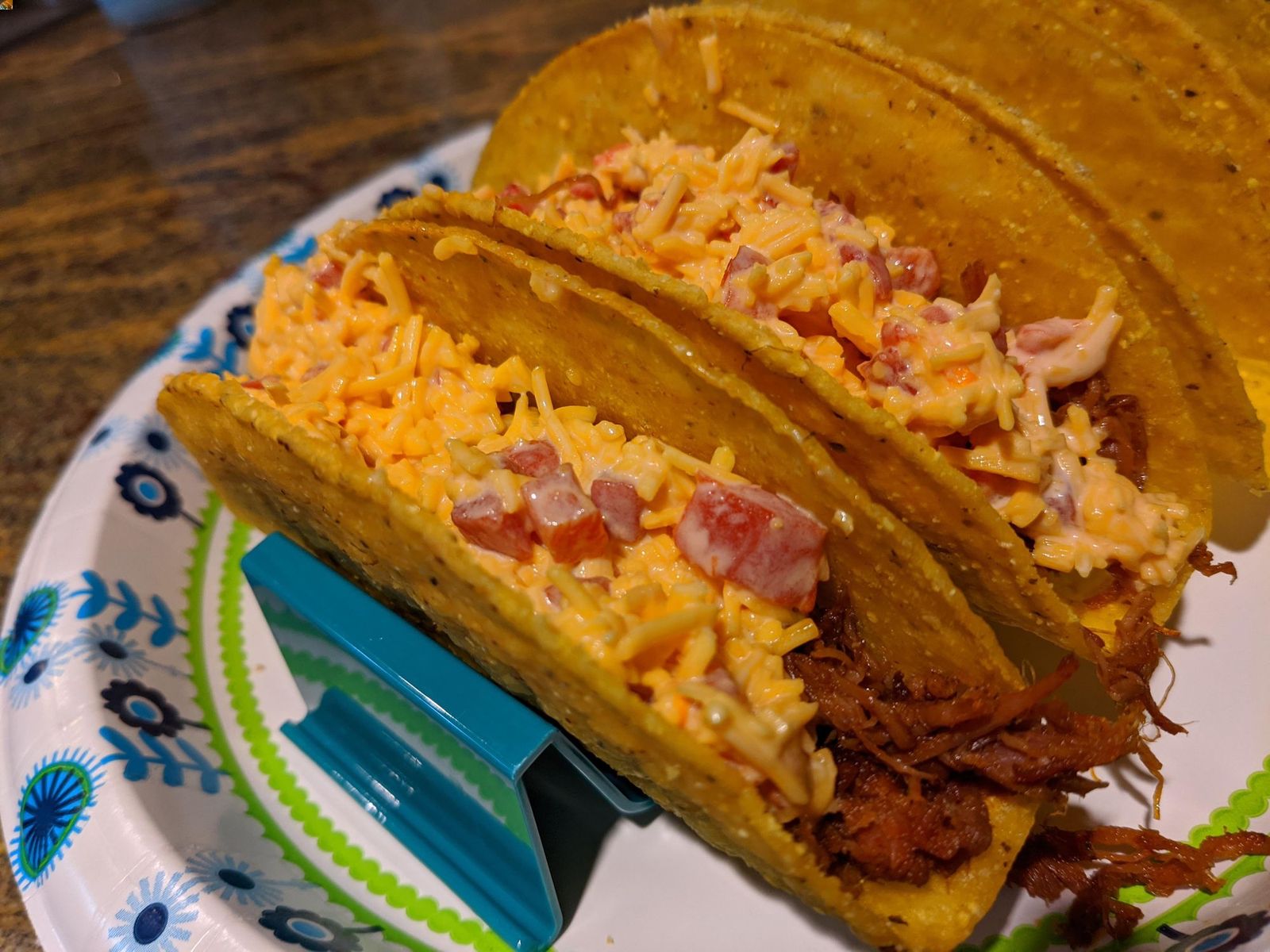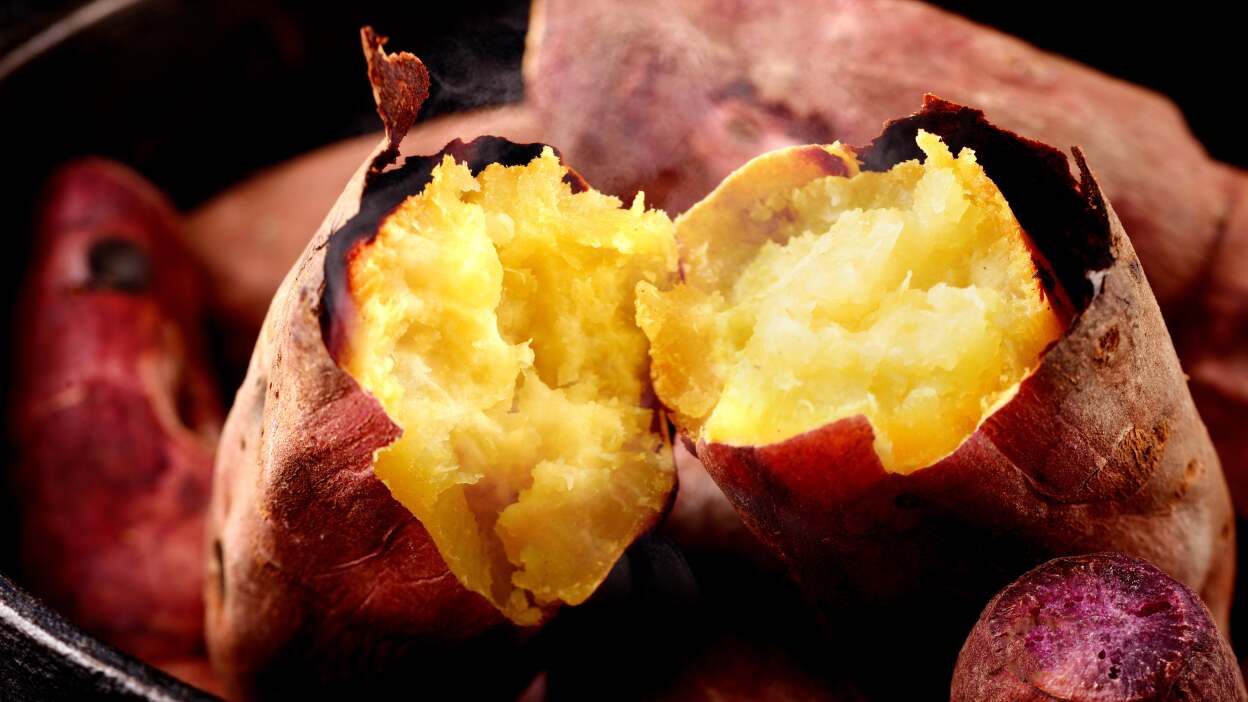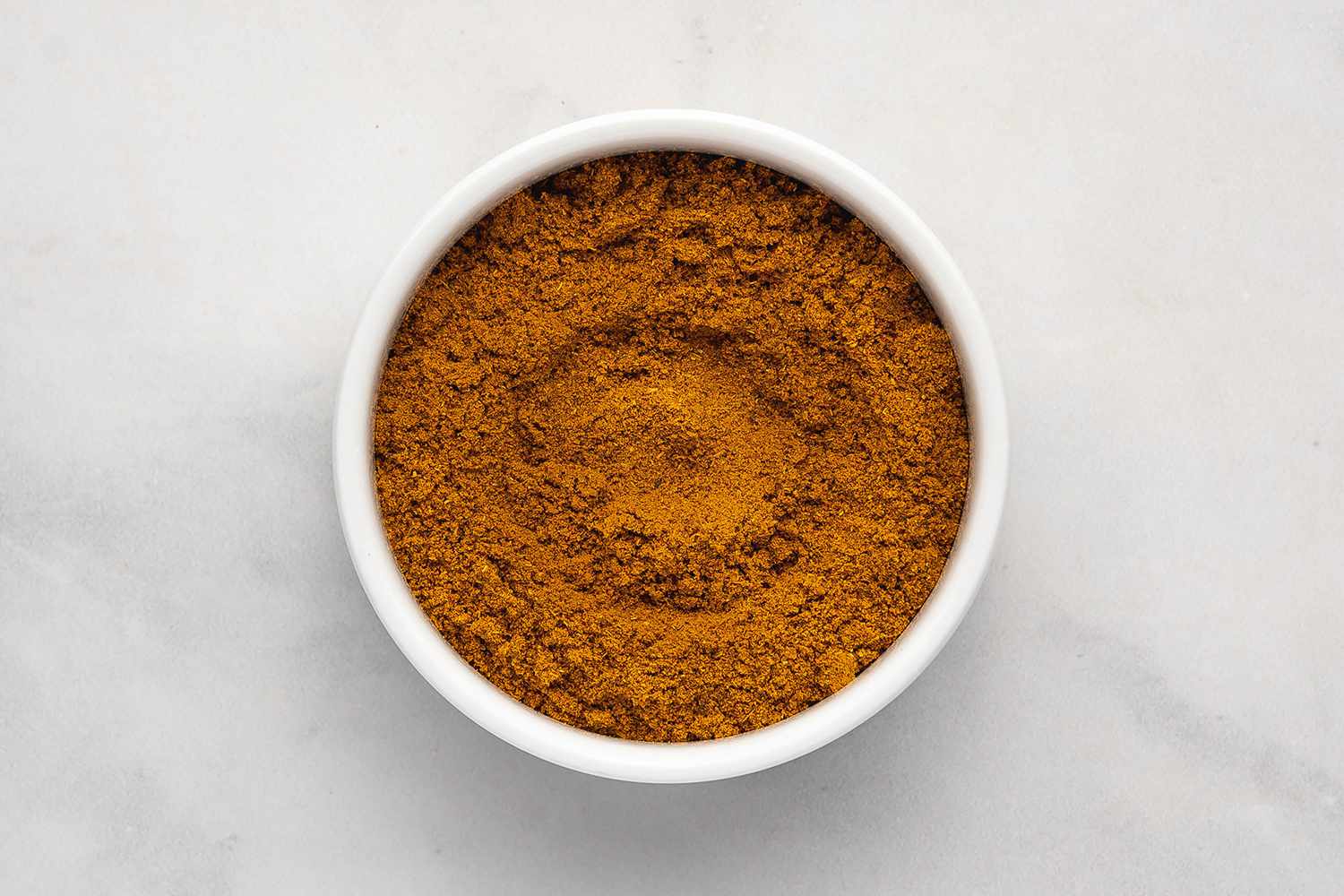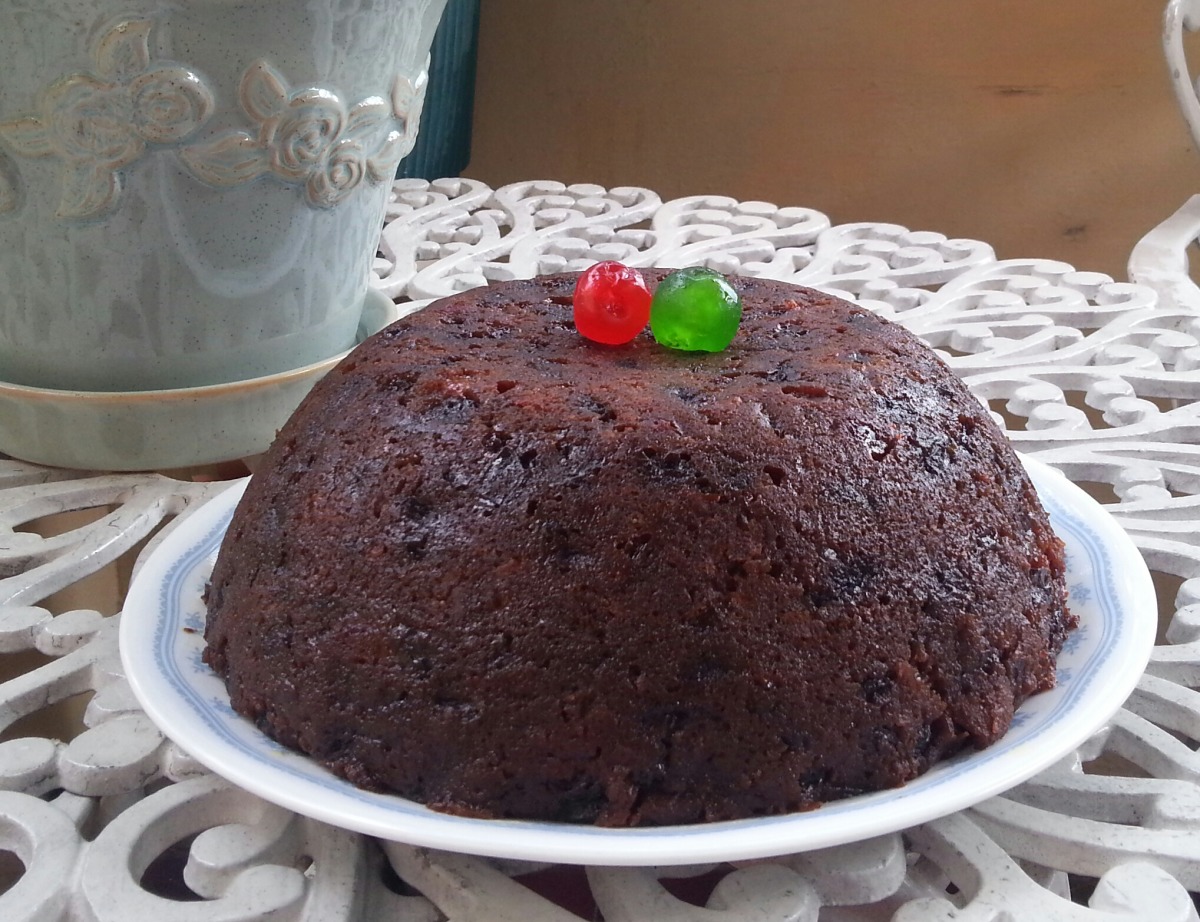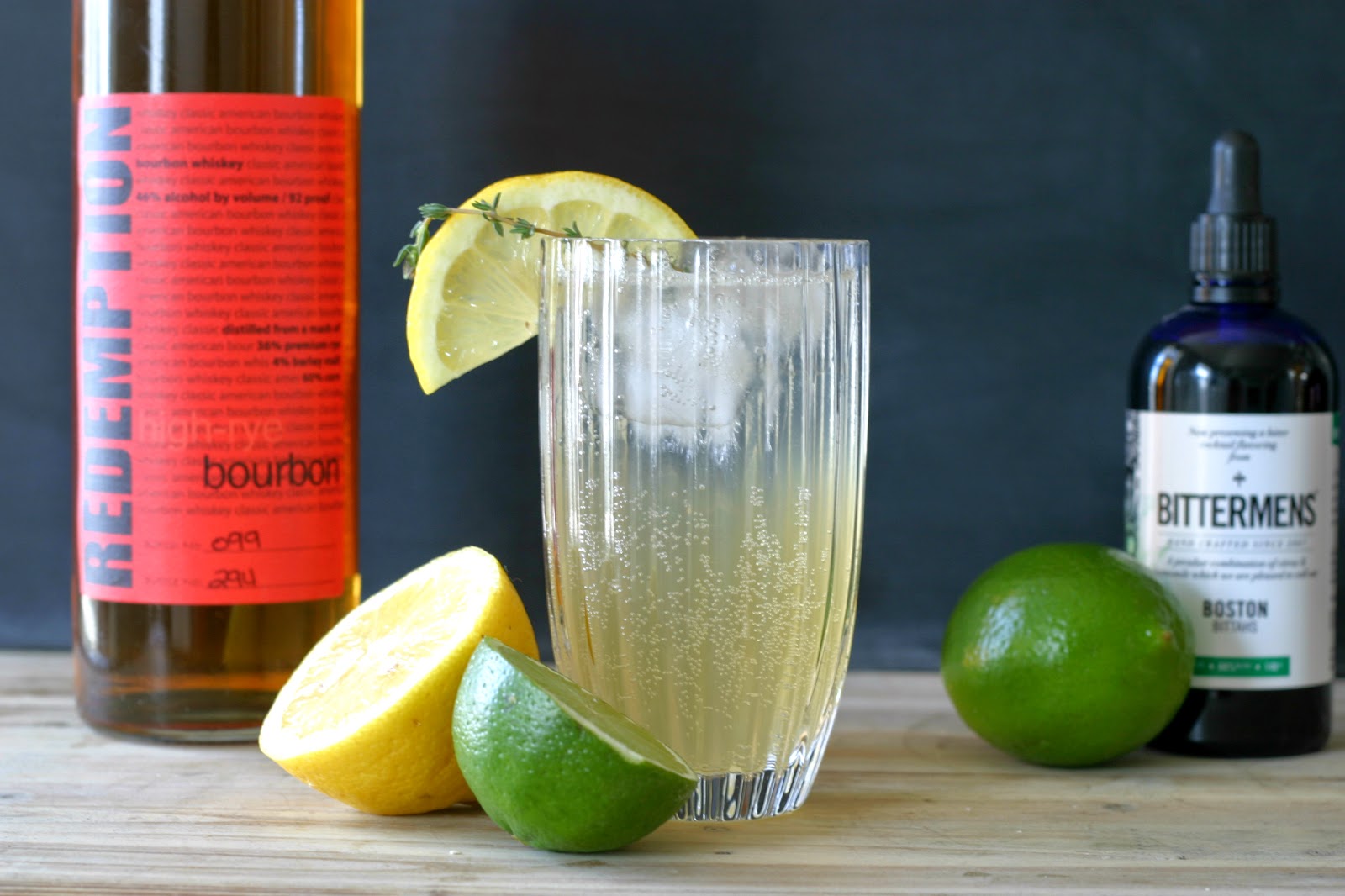When it comes to exploring the diverse culinary landscape of the world, one cannot overlook the unique and flavorful cuisine of Northern regions. Northern food is a reflection of the rich cultural heritage and the harsh climate that has shaped the traditional dishes over centuries. From hearty stews to savory pies, the cuisine of the North is as diverse as the landscapes it hails from.
Traditional Ingredients
Northern cuisine is heavily influenced by the availability of ingredients in the region. Fish and seafood play a prominent role in the coastal areas, while game meat such as reindeer, moose, and rabbit are staples in the inland regions. Potatoes, root vegetables, and berries are commonly used due to their ability to thrive in colder climates. Additionally, dairy products like cheese and butter are essential components of Northern cooking.
Popular Northern Dishes
-
Lohikeitto (Finnish Salmon Soup): This creamy soup made with salmon, potatoes, and dill is a beloved dish in Finland. It is often enjoyed with a side of rye bread.
-
Raspeball (Norwegian Potato Dumplings): These hearty dumplings are made from grated potatoes and flour, often served with a generous serving of bacon and lingonberry sauce.
-
Karelian Pasties (Finnish Rice Pies): These savory pastries filled with rice or mashed potatoes are a popular snack in Finland and are often topped with egg butter.
-
Smørrebrød (Danish Open-Faced Sandwiches): These artistic sandwiches feature a variety of toppings such as pickled herring, roast beef, and egg, beautifully arranged on dense rye bread.
Culinary Influences
The cuisine of the North has been shaped by various cultural and historical influences. The indigenous Sami people have contributed to the culinary heritage with their traditional methods of preserving and preparing game meat. Additionally, neighboring countries have left their mark on Northern cuisine, with influences from Russian, Swedish, and Norwegian cooking techniques and flavors.
Adaptation to Harsh Climates
The harsh climate of the Northern regions has necessitated the development of preservation techniques to ensure a year-round food supply. Curing, smoking, and pickling are common methods used to preserve fish and meats. Drying and fermenting also play a significant role in extending the shelf life of perishable ingredients.
Modern Interpretations
While traditional Northern cuisine remains cherished, modern chefs are incorporating contemporary techniques and global flavors into their dishes. This fusion of old and new has resulted in innovative interpretations of classic Northern recipes, appealing to a broader audience while still honoring the culinary roots of the region.
In conclusion, Northern food is a celebration of resilience, resourcefulness, and a deep connection to the land. The traditional dishes, influenced by the availability of ingredients and the harsh climate, offer a glimpse into the rich cultural tapestry of the Northern regions. Whether savoring a steaming bowl of Finnish salmon soup or indulging in Norwegian potato dumplings, Northern cuisine continues to captivate food enthusiasts with its unique flavors and time-honored traditions.
Was this page helpful?
Read Next: What Is Pizzoli?
